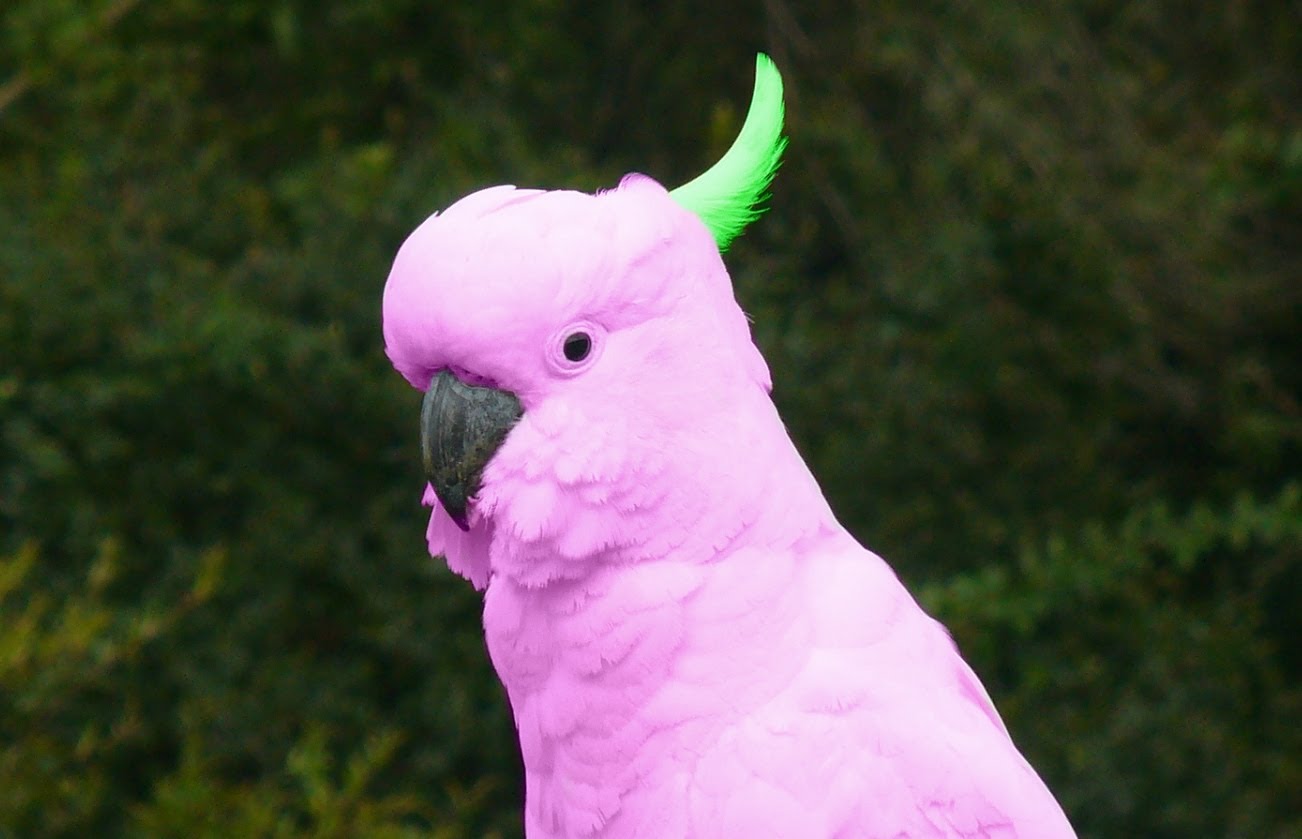

Several pairs can nest in the same area, but nests are between one and two kilometres apart. The cavity can be renovated by chewing the sides of the entrance, in order to get a lining of woodchips. Pink Cockatoo pair usually returns to the same nest-hollow every year. If it needs to travel long distances, it performs several short flights from tree to tree.īreeding season occurs between August and October. It is not a strong flier, and rarely flies high. Pink Cockatoo performs slow, laboured flight, with shallow wing beats, interspersed with brief glides. Pink Cockatoo usually keeps the crest flat, but during displays, or when alarmed or excited, it raises this conspicuous crest, in order to court the female or to threaten a rival. It also extracts insect larvae from branches of Eucalyptus and Acacias. Pink Cockatoo is able to extract seed from hard nuts, thanks to its strong bill. Both mates of the pair sit close to each other. It also feeds in trees and shelters from the heat among foliage. Pink Cockatoos feeds on the ground by walking slowly, or in watchful pose with its beautiful crest partially erected. In non breeding period, Pink Cockatoos occupy communal roosts at night. Larger flocks can be formed at concentrated food sources. But outside of breeding season, these cockatoos maintain contact with other pairs or non-breeding birds within groups. This pair prevents other pair to breed in the area. Pink Cockatoo breeding pair often has a territory of about two kilometres. It can be found up to 300 metres of elevation. Pink Cockatoo lives in the interior of mainland Australia, except north-east. Pink Cockatoo frequents arid to semi-arid areas, with trees along streams and woodland with Callitris, Allocasuarina and Eucalyptus. Alarm call is the same sound, rapidly repeated, resulting in continuous screech. Pink Cockatoo utters a repeated quavering “creek-ery-cree” in flight. It lives in western and central Australia. The world’s oldest cockatoo (according to Guinness World Records), Cookie, who died at 83, happened to be a Major Mitchell’s cockatoo.We find a subspecies, Cacatua leadbeateri mollis, with darker red crest barred or not with yellow band.This bird is named after the explorer Sir Thomas Livingstone Mitchell, who efficiently described the beauty of these cockatoos.There are several diseases that may affect your pet, and these are listed below, consultation with a vet in any of such following cases is advisable.Ī Major Mitchell’s cockatoo is quite rare in the United States, hence, in order to get one, you must be ready to splurge anywhere between $3,000-$10,000. Regular bathing is essential along with a clipping of the primary flight feathers. Although not the best imitator or talker, it will reciprocate your actions in the best way possible. Try to interact with it as much as possible. Do not let your pet get bored ever, as this may lead to its destructive behavior. Your time and care are what will keep your bird in good condition, both mentally and physically. Moreover, their loud screaming can put you in some trouble with your neighbors, but if you have decided to have these beauties by your side, just check on the following facts and get started. leadbeateri: Male-white cockatoo with pink face, nape, chest and belly brilliant red and yellow streaks in white crest. Let’s get a fact straight that these cockatoos are not easy to adopt since they are prone to be aggressive, especially the males. Males have black eyes while females have brown eyes. Salmon and yellow crest, pink head, neck, and underparts, white upper parts and flight feathers, orange pink underwings, pink under the tail.

Pink cockatoo, Leadbeater’s cockatoo, Inca cockatoo


 0 kommentar(er)
0 kommentar(er)
